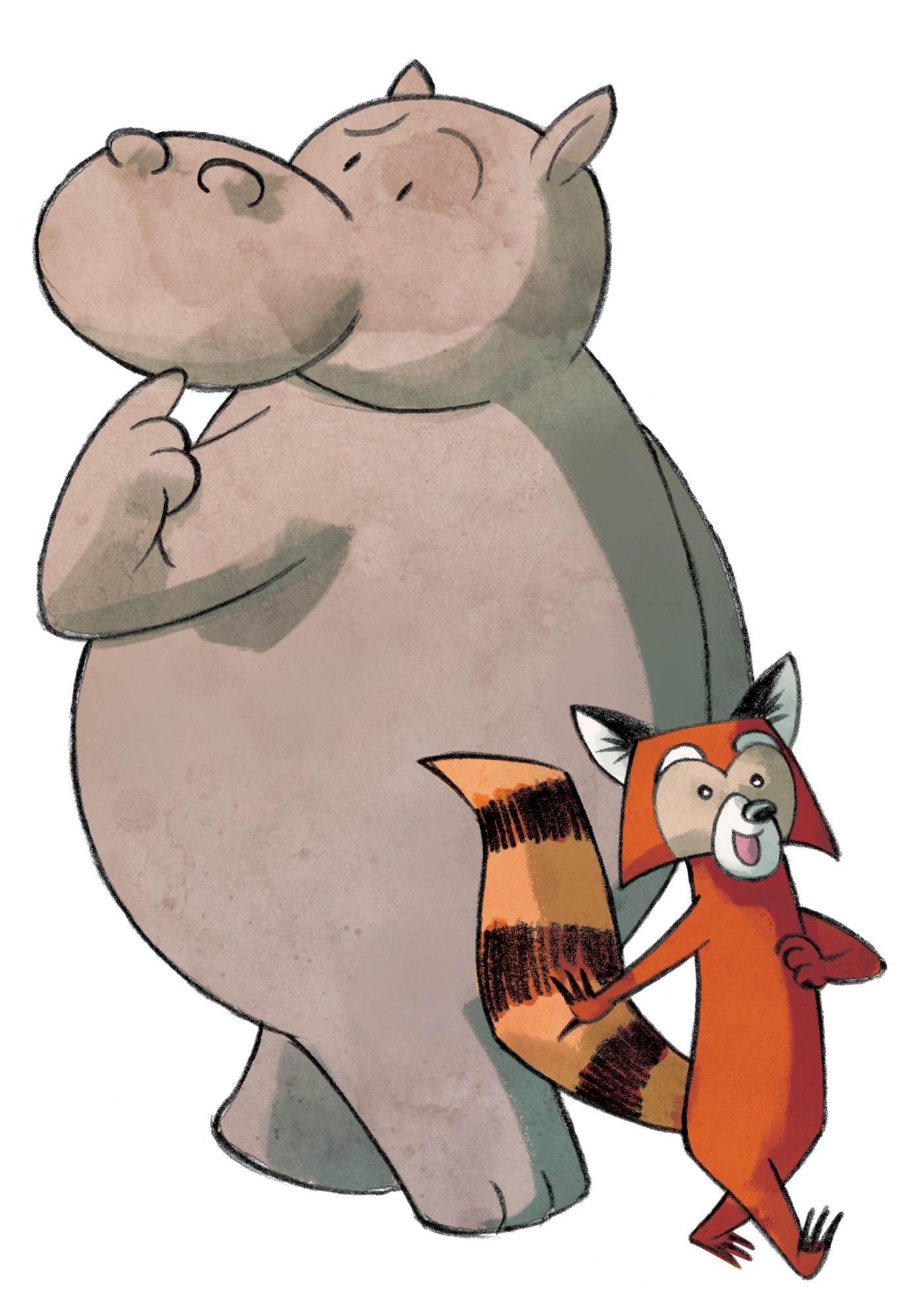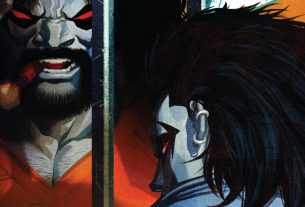
John Patrick Green grew up on Long Island and on comic books, and has been making his own since middle school. He is the illustrator and co-creator of the graphic novel TEEN BOAT!, with writer Dave Roman. John lives in Brooklyn with zero cats and way too many LEGOs. He is working on a graphic novel, Hippopotamister, to be published in spring 2016 by First Second Books.
I’ve been making comics for a long time (going at least as far back as middle school, where I’d make photocopies of comics I drew and sell them to other students), and I’ve almost exclusively stuck to the realm of human characters. The first comic I created was about other kids, who were about the same age I was at the time. And the most recent books I’ve illustrated each star human teenagers (even if one of them was a boat half of the time). I’ve read books that starred animals when I was younger, but I’d never made one before.
But when I started brainstorming a graphic novel for an early reader audience, I naturally began by thinking up an animal as the protagonist. I never really analyzed what makes them so great as a narrative device, other than “animals are cute, and kids like cute.”
There’s a long tradition of animals in children’s books. Little Bear, George and Martha, Babar, Arthur, Olivia, Franklin the Turtle…the list goes on. Most of these stories could be told with human characters, as they’re often caught up in everyday human situations. By using anthropomorphized animals, the stories have a whimsical appeal that prevents them from seeming too ordinary or mundane. This whimsy is especially beneficial in tales that involve more heavy themes, like politics or war or death, such as in books like Animal Farm, Watership Down, Mrs. Frisby and the Rats of NIMH, and Charlotte’s Web. Having animal characters welcomes the reader into the stories and also keeps the reader at a distance when the human elements are too difficult or scary to handle.
A lot of unintended baggage comes with human characters. Whether or not the age, gender, or societal status of a person is integral to the story, these are important to the reader, even if just on a subconscious level. There are rules to being a human person. Every reader is a human person, and is pretty familiar with the rules human society imposes on them, and if you leave out details about your human protagonist, the reader is possibly going to draw from their own experiences to fill in those details. Or they’re going to question details if your version of a human character doesn’t conform with what they know it’s like to be a human character.
Even in fantasy or science fiction settings, if you’re writing human characters, readers expect they will act like regular people. If those people have special abilities or powers, you have to create reasoning for it. With animal characters, you can just about make them as much like an animal or as much like a human as you want, and anything that contradicts what it’s like to be a person doesn’t immediately get questioned.
You can have a family of bears that live in a cave, and they sit in chairs and sleep in beds and use dishes, and the daddy bear wears a tie, but the children bears don’t go to school, and they don’t shop for groceries, instead going to the river and catching fish with their mouths like real bears, and this all seems perfectly logical. You can tell a very focused human story without all the other aspects of being human getting in the way. You can tell a story about an old animal, one that relates what it’s like to be an old person, and a young reader will connect with it more readily than they might if the story actually stars old people.
Or employment. A worker bee is told there are too many bees in the hive, and he has to leave to find a work at another. This tale of a guy being laid off from his job and sent on a metaphysical journey to find purpose in life might not normally be an engrossing tale for a child if told starring an actual middle-aged man. A reader is also not going to question real-world details like you would with a human protagonist. Would this man collect unemployment? Does he get severance? How long will his medical insurance last? No, no, he’s just a bee, and his story doesn’t require those distracting human elements.
Using animals to tell your story also has a natural universality. Writing human characters often restricts them to a very specific geographic upbringing. As similar as big cities over the globe like New York, or Paris, or Tokyo are, the people there live in very different cultures. But using animals living in a jungle to tell your story about urban life has an accessibility that everyone can relate to. They’re not going to notice that your “jungle city” is not exactly like the city they live in. To the reader, it will feel just like their city. The unfamiliarity of being an animal living in that jungle actually makes it easier to accept as a substitute for their own reality.
People can find it hard to put themselves in the shoes of a human character that doesn’t look like them, or isn’t their age, or gender, or has a different social class, but just about everyone can see something of themselves in a lion, or a chicken, or an elephant, or a pig. Even if it’s just a little something.

With Hippopotamister, I get to tell a very human tale of two friends, leaving the familiarity of home, and questioning if their experiences have made their lives better. And at the same time they can act like total animals and do things and get into situations that only animals can. But the best part is probably that animals are a lot of fun to draw. Especially the cute ones.




